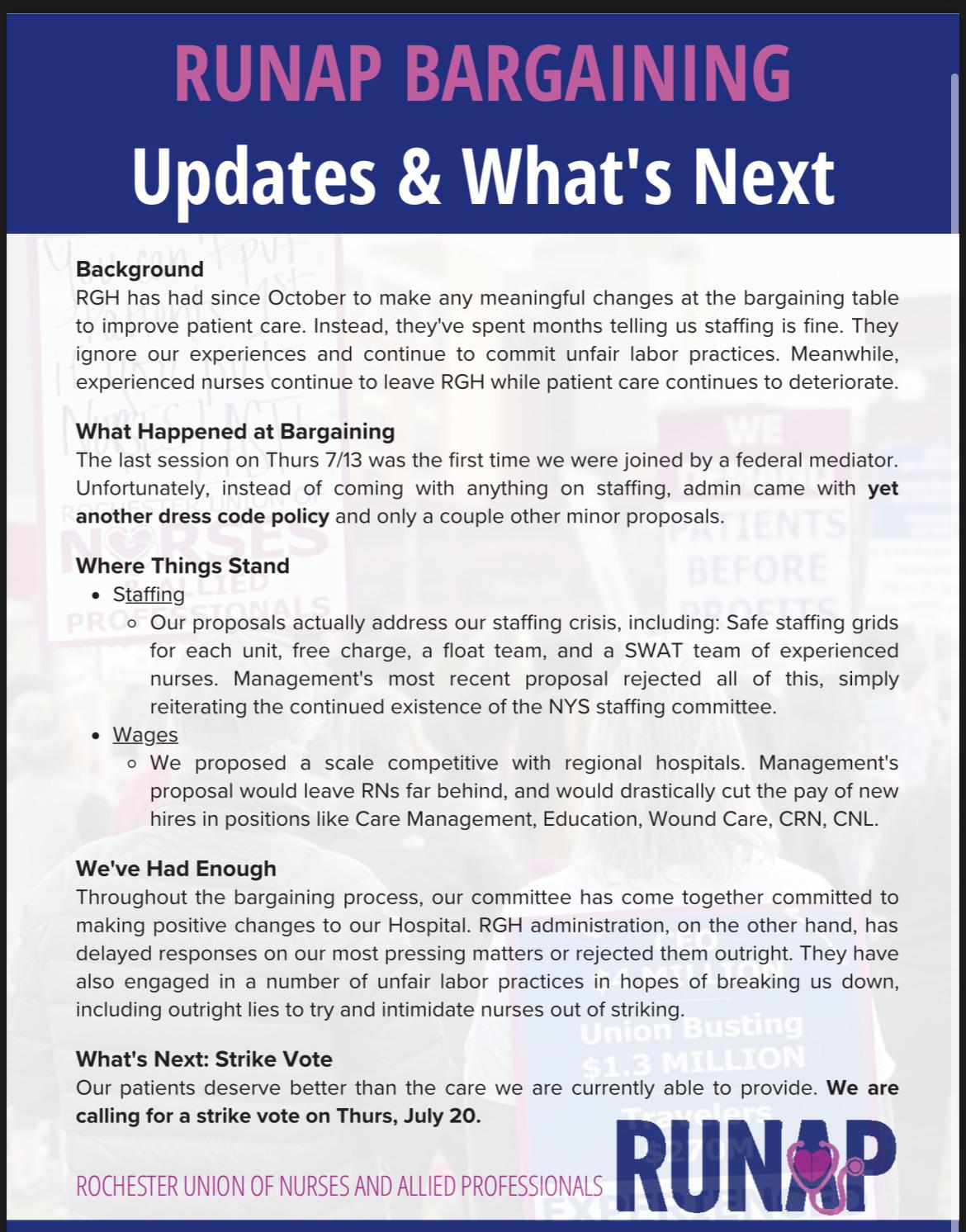Expand the Hollywood strike
Simple solidarity immediately whipped the state into preparation for yet another massacre of organized labor. Instantly the only options employers saw were concession and negotiation, an impossibility, or as much raw violence as their striking workers could bear, the ideal.
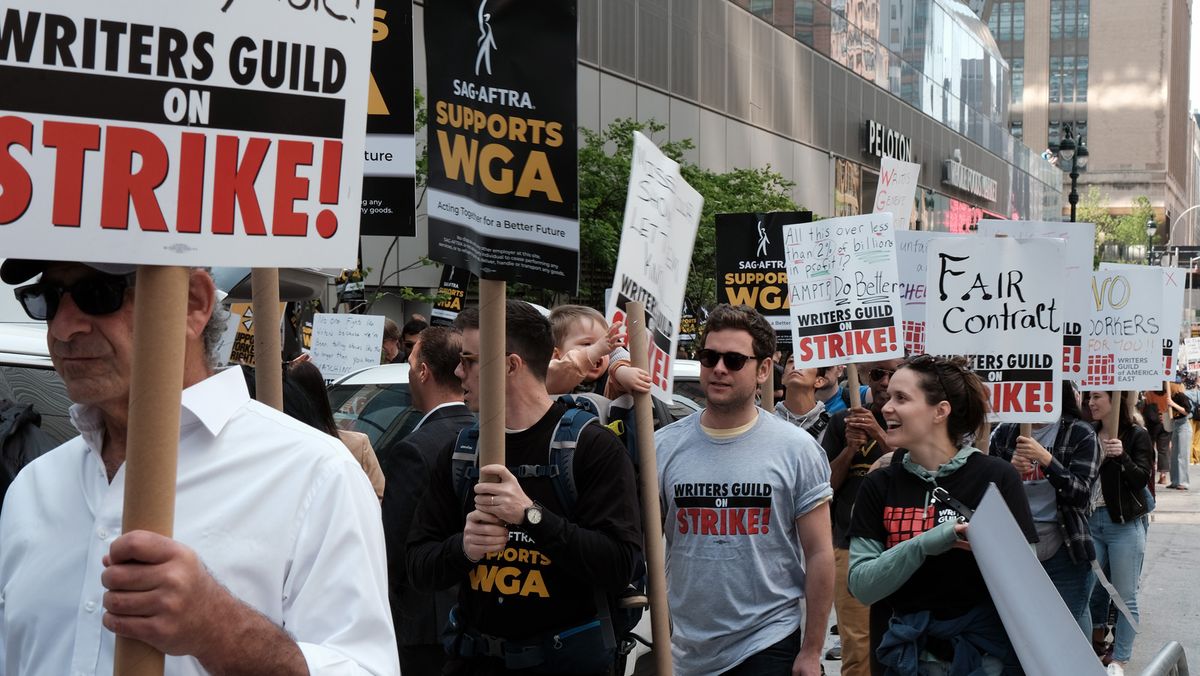
The America film industry sits in a precarious and esteemed position; no matter where in the world you travel, you'll find fans of American media. The best examples of this are relatively ancient; you may find fans of recent Marvel superhero movies in rural Africa, but the world over it's classics like Columbo, The A-Team, or MASH that you can use to build connection with foreign strangers. You may not know how to say hello or thank you in Xhosa, but the theme from Mission: Impossible transcends language. This pervasiveness of American media means many things. Art is subjective, and our imperialist institutions have no shame in hijacking the vehicles they can for propaganda. But on rare occasions, Hollywood productions may push a progressive perspective. The messages are often decades behind—the 1990's slew of firsts in gay and lesbian depictions was 20 years too late to bring public opinion around on the HIV/AIDS epidemic—but in the absence of choice and true freedom, you use the tools you're given. In this instance, Hollywood is providing a rare example of labor solidarity. On May 2nd, the Writer's Guild of America (WGA) struck to increase wages, job security, and protect their rights. On July 14th, the Screen Actors Guild and American Federation of Television and Radio Artists (SAG-AFTRA) joined them, resulting in the shutdown of basically every American media industry production, and expanding public awareness.
Appeal To Reason unequivocally supports the efforts of striking workers
Over a hundred years ago 35,000 shipyard workers in Seattle struck for the same reasons. The First World War had ended only a few weeks prior, and the quick changing economy necessitated better pay and worker conditions. The shipyard owners responded by offering a pay increase for skilled workers only, a minority group in the larger labor pool, and a vain attempt to divide the unions. The workers responded by voting to strike, and the shipyard owners chained the yards shut. On January 21st, 1919, the shipyard worker's strike started.
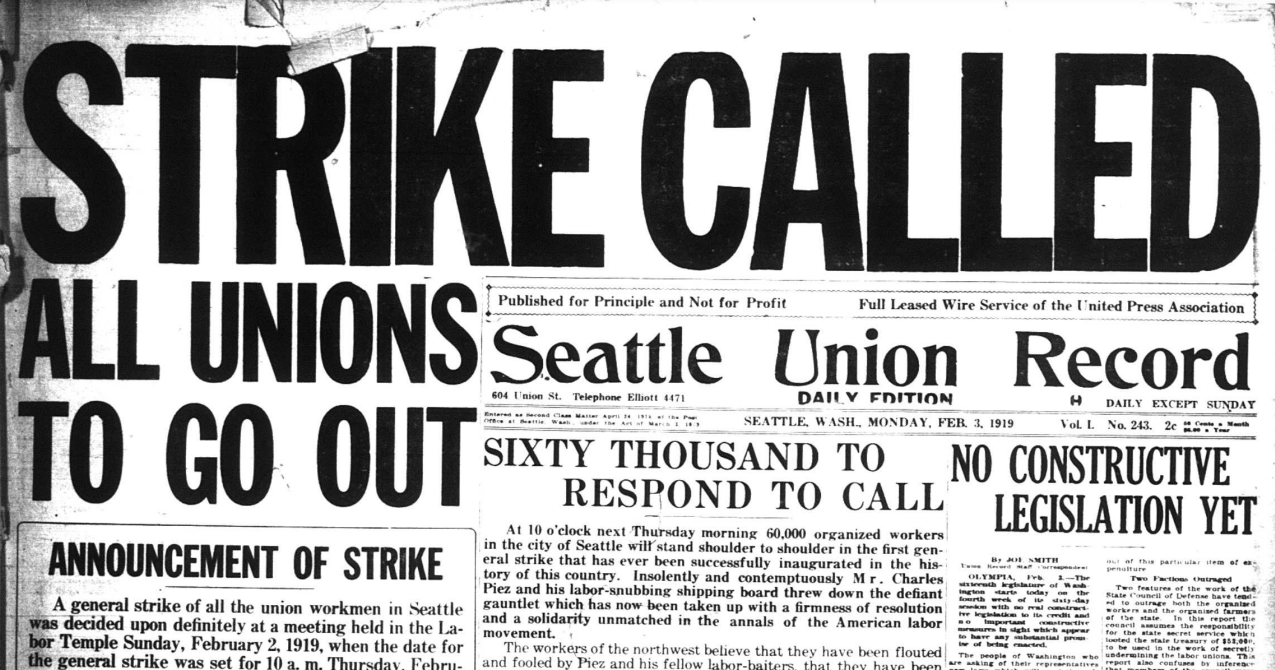
Five days later the United States Federal Government in the form of Charles Piez, the head of the Emergency Fleet Corporation, "ordered the shipowners to make no effort to resume operations unless the men were willing to accept the Labor Adjustment Board's decision." The Seattle Times reacted in alarm, sensing the beginning of a joint employer-government conspiracy to break the power of the city's labor. On February 6th, following near unanimous decisions by the Seattle Central Labor Council's members, the number of striking workers ballooned to 100,000 as every union in the region joined them in striking.
What are you going to do about it? You are doomed to wage slavery till you die unless you wake up, realize that you and the boss have nothing in common, that the employing class must be overthrown, and that you, the workers, must take over the control of your jobs, and through them, the control over your lives instead of offering yourself up to the masters as a sacrifice six days a week, so that they may coin profits out of your sweat and toil.
Seattle general strike pamphlet
The Seattle general strike was not a success; it failed to secure any change in conditions or pay. After a few days various sections of the city began to return to work. The streetcars began operating, the department store reopened. The striking workers of the shipyard would continue to strike, in Seattle, Tacoma, and Aberdeen, for another four weeks, until they too could continue no further and voted to return to work.

It's rare collective bargaining doesn't work, but it's not hard to see why it fails when it does. Capitalist structures that extract and harbor wealth within the upper echelon of the rich and powerful protect themselves at all costs, and can usually afford to do so more easily compared to a middle or lower class worker, who may be struggling to afford rent or the food needed to feed his or her family.
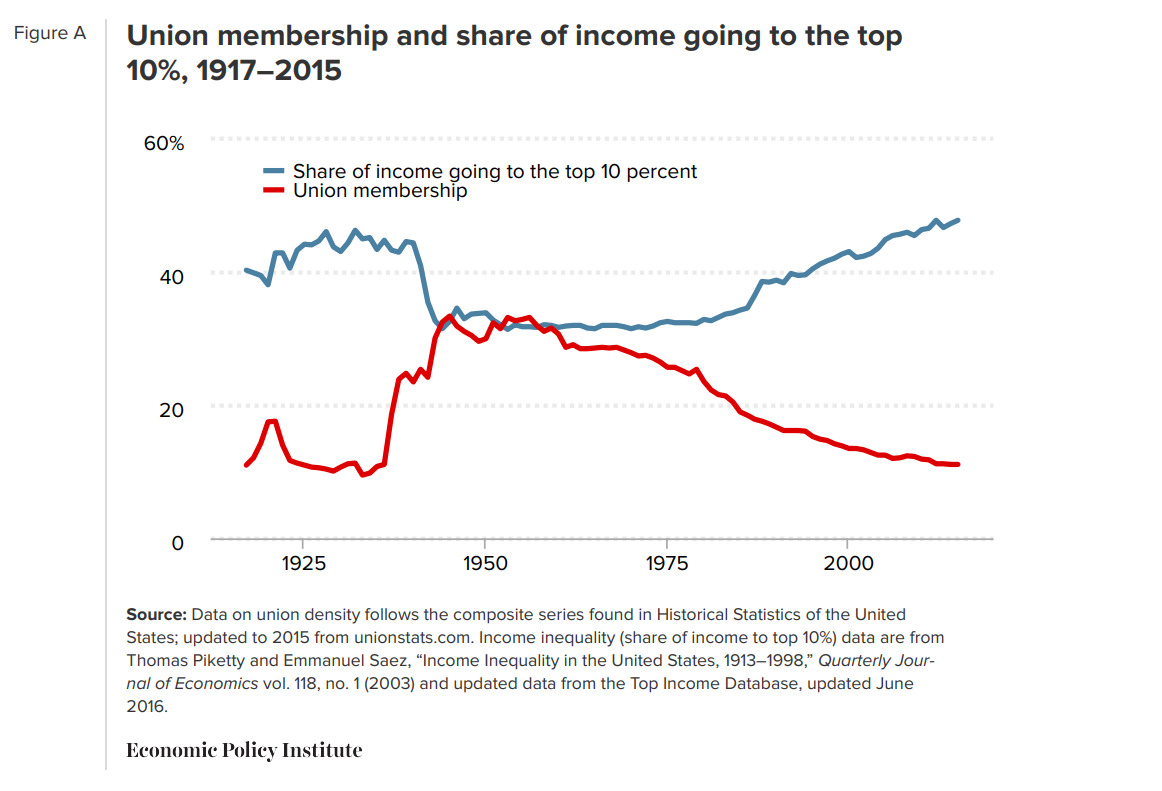
During the Seattle strike in 1919 the mayor of Seattle and other leaders involved wasted no time in securing armed resistance to organizing labor, despite no violence or destruction of property occurring. In fact, during the strike arrest numbers were half those that could be expected from a similar period of time. Despite this, almost 1000 sailors, marines, and police were called up and stationed around the city. 600 men were added to the police force, and close to 1,500 "special deputies" were appointed.
Where the Seattle strike was successful was in demonstrating solidarity. Labor, regardless of industry, is the sole force driving the productivity we've become so familiar with. Labor may rely upon logistics networks, technology, and the facilities needed to produce material, but without labor those logistics networks don't run, the technology isn't useful, and the facilities sit empty and unproductive. Perhaps in this case in 1919 such widespread support would not have been garnered if the Emergency Fleet Corporation's intervention in the local ship building strike had not been perceived as a government conspiracy to subjugate local labor.
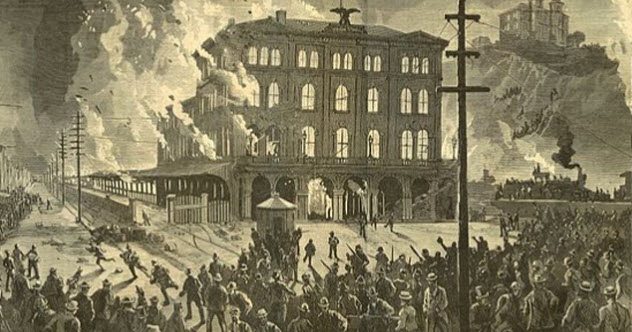
Simple solidarity immediately whipped the state into preparation for yet another massacre of organized labor. Instantly the only options employers saw were concession and negotiation, an impossibility, or as much raw violence as their striking workers could bear, the ideal.
In America's modern world, with digital recording and unerasable public record, direct violence against striking workers would quickly spell disaster for NBCUniversal and other employers attempting to break the strike. Thus, the violent destruction of public property providing a picket line the smallest amount of shade in hot California weather is of course a more palatable option. Tame in comparison to historical massacres, employers take any possible action against organized labor. Destruction of natural beauty an easy choice. Heinous and offensive both to anyone who takes solace in the sound of leaves rustling in the wind, and the LA controller's office, the perpetrators of this disgusting act are reportedly under investigation for destruction of city property.


Our Office is investigating the tree trimming that occurred outside Universal Studios where workers, writers, and actors are exercising their right to picket.
— LA City Controller Kenneth Mejia (@lacontroller) July 19, 2023
The trimmed trees are LA City managed street trees.
(Before and after photos below) pic.twitter.com/xczw0bTdh9
Profits endangering patients
Whereas contemporary strikes in the 1900s were historically violent, the Seattle strike was notably peaceful. Organizers formed a shadow government, and work was not halted if doing so would endanger lives. Hazardous waste collection continued, hospital laundry was done, and firemen remained on duty. What are we to do then, when our institutions are endangering lives by prioritizing profits over patient outcomes, let alone the quality of life our caregivers experience?
Nurses in Rochester, NY have no choice. Profit minded health systems have, for years, made decision after decision that worsens patient outcomes, and slides the responsibility for lapses of care onto the providers. Running ratios of patients to nurses sometimes double the recommended standard, the Rochester Union of Nurses and Allied Professionals (RUNAP) report that within their system hospital-acquired infection rates are sometimes close to 90% higher than average. The union further states that as patient-nurse ratios increase, mortality and re-admission rates also significantly increase.
Living and working as a nurse in this system is tough. Mistakes that occur while a nurse is assigned 10 patients are treated no differently than those that occur while a nurse is dealing with a single patient, despite industry standards and published best practice, and despite easily accessible and well known evidence that more nurses mean reduced mortality, fewer medication errors, and fewer infections. The decision that labor is faced with here is not, and can not be made in an environment absent of the fact that striking may endanger lives. Capitalist healthcare systems make it impossible to resolve humane treatment with profit operations, and force more pain and suffering than is necessary by ignoring fact to the point where the labor that allows the system to exist at all is pushed far beyond their means. This leaves nurses no choice but to pile up the anger and resentment the difficulty their jobs force into their lives. It is not impossible to find an apathetic nurse, it could be argued that the American healthcare system breeds them, but the idea that nurses nurse in order to help people should not be one only an optimist is capable of feeling.
In a few days RUNAP will hold a series of votes to determine whether or not to strike. This is being done independently of completely unrelated and unaffiliated strikes in Hollywood. Rightfully so of course, because as much as Hollywood writers and actors deserve protections that assure them some quality of life, nurses and other healthcare professionals have long battled far more taxing and unacceptable conditions. Actors may play blood covered victims but some nurses may tell you blood is one of the more palatable bodily substances to be covered in.
We can chortle at the mild discomfort being sticky may bring but laughing at needle sticks and bloodbourne pathogens should earn you a swift kick between the eyes. The diligence, care, and sleep deprivation working within American hospitals requires is a crime against the patients that have no choice but to be subjected to it, and is just as criminal and insulting to the care giving individuals that have no choice but to perpetuate it.
If the RUNAP strike vote on July 20th succeeds hospital management and the media will quickly decry the decision as its own crime against humanity. Patients will be endangered by selfish action undertaken by inconsiderate and ignorant women. Reports will not mention long fights to attempt to increase security in hospitals, or improve patient outcomes. Healthcare systems will waste no time creating appealing temporary positions with pay rates that dwarf those of their former full-time striking workers. Difficulty of life outside of this medicinal bubble is at an all time high; manufactured inflation leaves no wealth for the middle or lower classes, our cities are car dominated hell-scapes, and violent criminals are becoming more brash. There will be no shortage of desperate outside nurses willing to break solidarity for a bit of extra bread. Rates for travel nurses are sometimes multiple times higher than those of the usual full-time staff; crossing the picket line means a fat check. Depending on the length of the strike, however, the hospital may end up shelling out more over the long run hiring, training, and using up travel nurses than if they had simply retained and built up better staff. There is no winning in this strike, just as there was no winning in the Seattle general strike, a strike that ultimately included 100 times the number of laborers that RUNAP represents.
Labor can not do much more than strike before crossing the line into criminality, even when the conditions laborers are pushed into are criminal themselves. Wealth inequality makes it all but impossible for scabs to not clamber over their desperately striking colleagues in vain attempt to save themselves from their own corner of this burning world.
If we must watch in dismay, under filled lifeboat after lifeboat alight onto placid waters, as our own imprisoning surroundings give no opportunity for escape, and the only other unavoidable end is the cold blackness of murky depths, let us at least stand together as the venerated musicians did on that doomed ship Titanic.
Together, and until the end.
